Inadequate monitoring and enforcement put fish stream at risk
VICTORIA – Gaps in monitoring by the Ministry of Forests and Range (MOFR) put an East Kootenay fish stream at risk, the Forest Practices Board reported today.
Since the incident occurred, MOFR and BC Timber Sales (BCTS) have taken measures to reduce the risk of future occurrences of this nature.
The board’s special investigation focused on government management of roadwork by a timber sale licence holder (TSL) in the Lamb Creek area of the Rocky Mountain Forest District, southwest of Cranbrook. The TSL holder introduced substantial sediment into a fish-bearing stream while upgrading the Little Lamb Creek road and other roads near fish streams.
The MOFR district manager approved work on the Little Lamb Creek road in August 2004, subject to the TSL holder taking special measures to protect the creek. The board found MOFR compliance and enforcement staff did not do any monitoring to verify that those commitments were kept, despite the potential risk to fish habitat. Internal confusion about the legal status of Little Lamb Creek road led to a breakdown in MOFR’s normal inspection planning procedures.
“High-risk road work near a fish stream would normally trigger recurring ministry inspections to check for non-compliance, but none of that work was done here,” said board chair Bruce Fraser. “MOFR did investigate the TSL holder’s roadwork after notification by the board, but by that time the stream sedimentation had already occurred.”
The board first learned of this issue while auditing BCTS in the Rocky Mountain Forest District. BCTS issued the timber sale licence discussed in this report. BCTS discovered the potential damage while preparing for the board audit and attempted to mitigate the damage, without immediately notifying MOFR enforcement staff of the serious problem with the road.
“While BCTS was acting in good faith in trying to minimize impacts to the stream, it made two errors in judgment,” said Fraser. “First, BCTS failed to notify MOFR compliance and enforcement staff immediately upon discovering the infraction. Secondly, by attempting to mitigate the damage without coordinating with the MOFR district office, BCTS compromised evidence and hindered the MOFR investigation of this non-compliance.”
In the three years since the incident occured, BCTS has formalized an internal protocol with MOFR compliance and enforcement staff to ensure information is shared promptly and promote clear understandings of the roles and responsibilities of the two branches. Also, BCTS has been approved for third-party certification, which should help improve future environmental management practices.
The Forest Practices Board is B.C.’s independent watchdog for sound forest and range practices, reporting its findings and recommendations directly to the public and government. The board:
-30-
Erik Kaye
Communications
Forest Practices Board
Phone: 250-356-1586 or 1-800-994-5899
